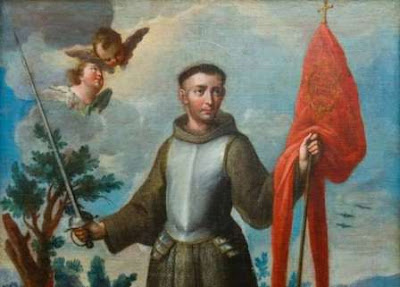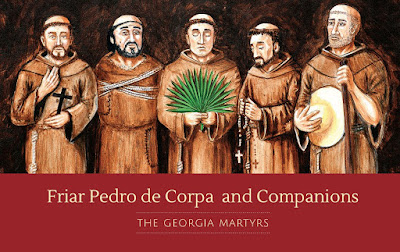There are few saints that are called “the Great”, four popes; Gregory I, Leo I, Nicholas I, and John Paul II; as well as a Dominican bishop, Albert. But today’s “the Great” was a woman, the only woman so designated in the Catholic Church.
St. Gertrude the Great was a Benedictine nun who was a mystic and theologian. She was born in 1256 in Germany and went to the Cistercian monastery school at the age of five. She excelled in her education, especially “in literature, philosophy, song, and the refined art of miniature painting.” After time in the monastery school she entered religious life and became a nun. When she was 24 she had a crisis of faith and at the age of 25 she saw Jesus as an adolescent who said to her: “I have come to comfort you and bring you salvation.” It was after this that she dedicated her studies to Scripture, the Church Fathers, and theological writings. She died in 1301 and was elevated to sainthood through equivalent canonization in 1677.
She wrote many works, but her primary influence is as an early devotee of the Sacred Heart of Jesus. Her writings on the Sacred Heart are “notable within the history of Christian devotion because of their vivid descriptions of her visions, which show a considerable elaboration on the long-standing but ill-defined veneration of Christ’s heart.”
The devotion to the Sacred Heart has a long history in the Church, promoted in its earliest form by St. Gertrude and others. It is about the absolute and complete love Jesus has for each one of us, so much so that he gave his life in sacrifice for our sins and to attain for us salvation. It is love that kept Jesus on the cross, not the nails! Thank you St. Gertrude the Great, for this insight.

















